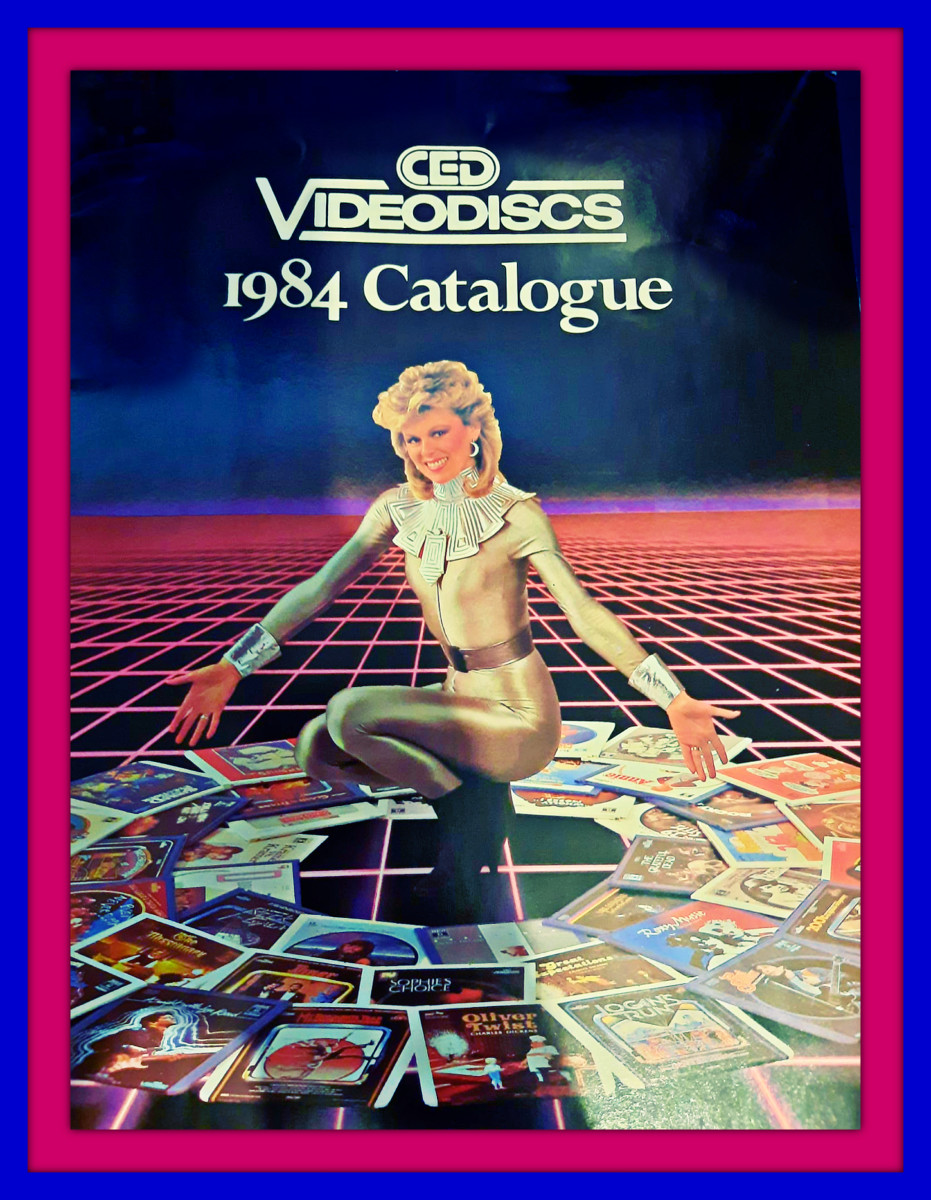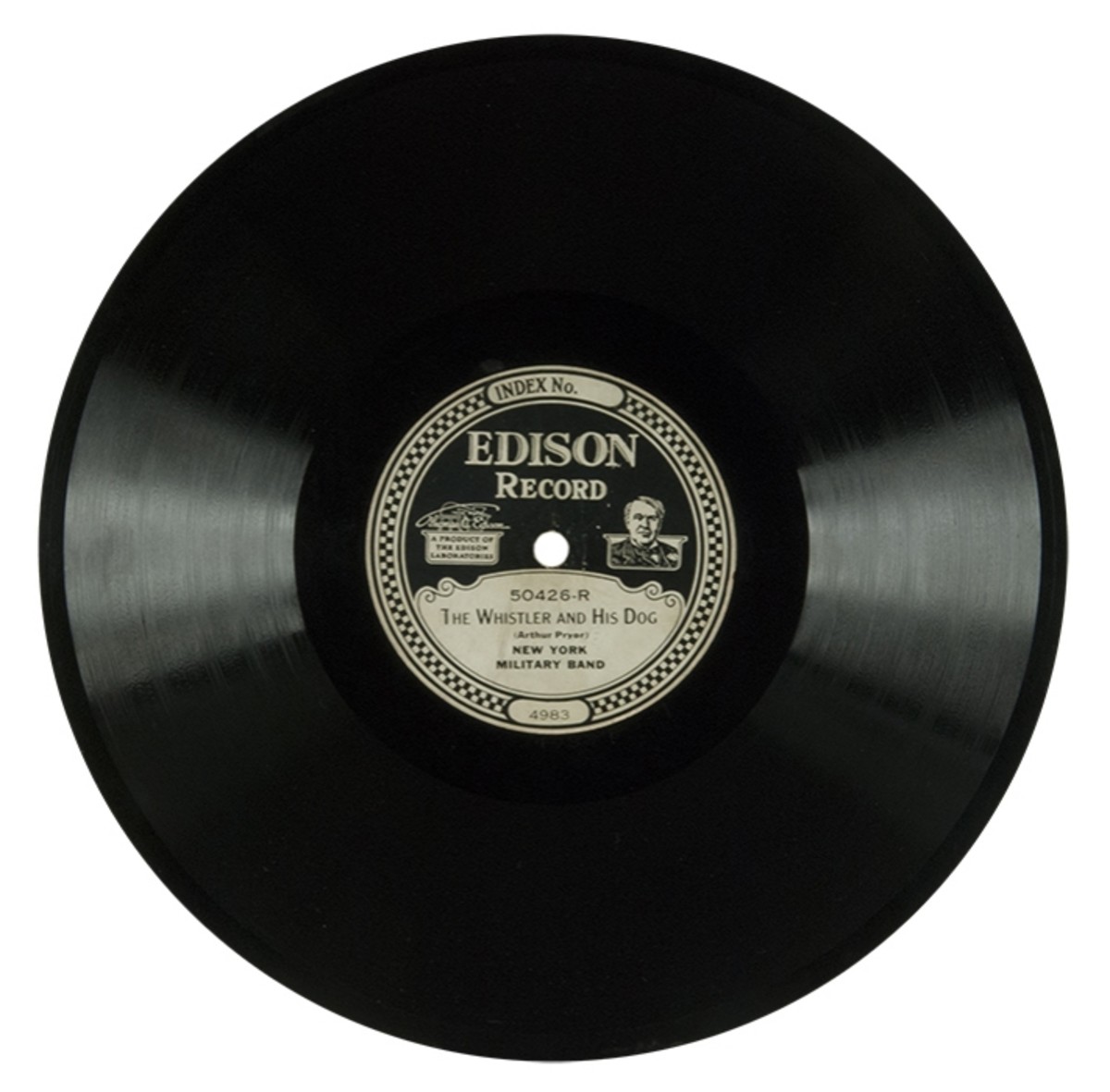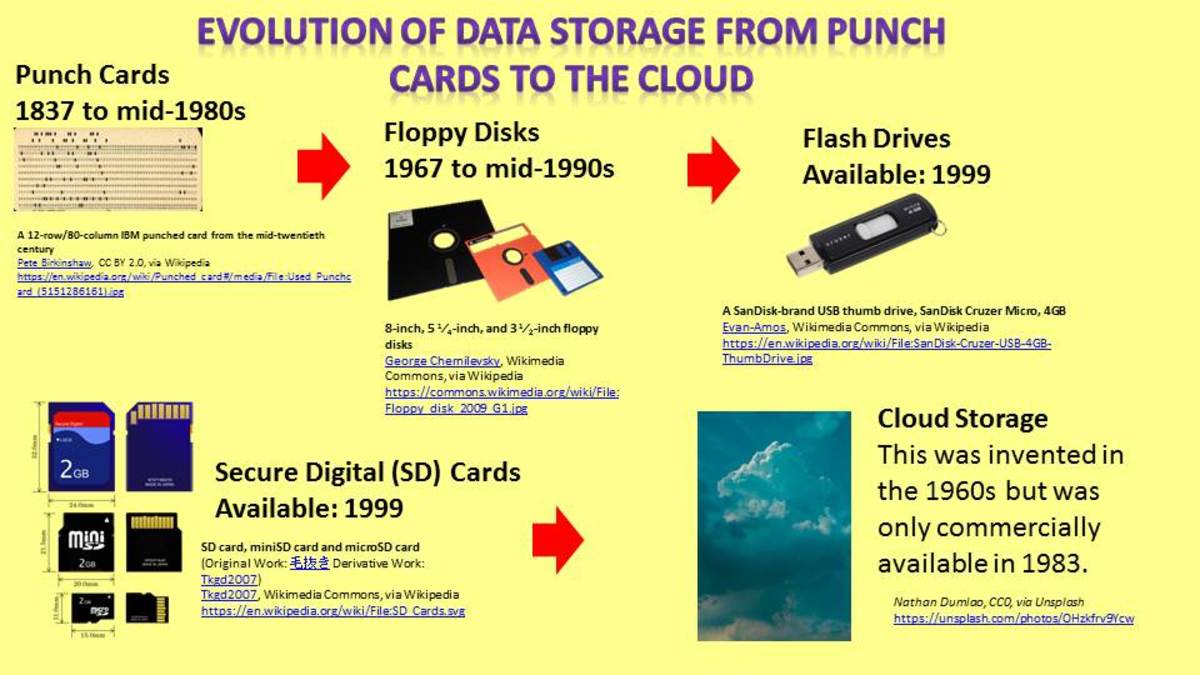Blu Ray Discs – Blu Ray Players – and History of CDs
Blu-Ray Disc
Blu-ray Disc is an optical disc which is a storage medium for data such as high definition video, PlayStation 3 video games, movies, etc. A Blu ray disc will store 25 GB of data for the single-layered ones and 50 GB for the double layered ones. Today, there are in the market blu rays discs that can hold 100 GB of data and extending up to 200 GB of data but these may require modification of equipment or firmware to be readable. A standard blu ray disc has a diameter of 12 cm just like a standard DVD or CD. A blu ray disc is read by a blue laser light which have shorter wavelength as opposed to the red laser used to read the standard DVD. The Blu-ray Discs was researched and created by the Blu-ray Disc Association which is a group representing the major makers of consumer electronics, computer hardware, and motion pictures.
History of Replaying Back Sound
1857: The phonautograph, which was a device that used a vibrating pen to graphically represent sound on discs of paper, was invented by Edouard-Leon Scott of France. The business of replaying back that sound was never in the mind of Scott.
Edison's Phonograph
1877: A guy by the name Thomas Edison looked at Scott’s phonautograph and decided that it can be modified to replay the recordings made which he visualized would be very useful for office dictation. By making the recordings on tinfoil, Thomas Edison was able to come up with his modification which he called phonograph. It’s from here that Emile Berliner invented the lateral-cut disc records in 1888 and successfully marketed them under the Berliner Gramophone label. The disc records of that time were made of various mixtures of materials that included hard rubber, shellac, powdered slate, and wax lubricants before settling on vinyl plastic that is flexible and unbreakable in normal use.
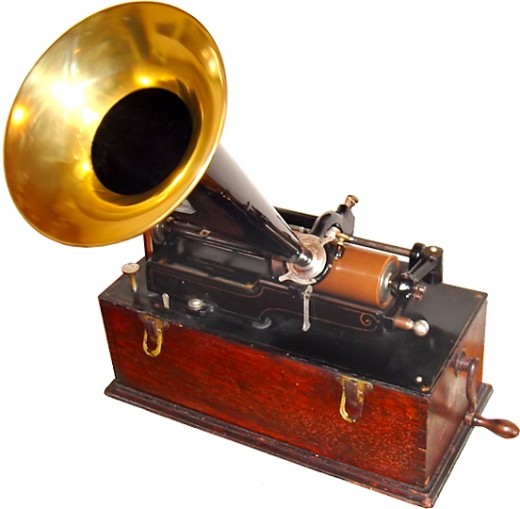
Gramophone Records
A song could fit on one side of a record. The other side was another song. A song could take about 4-5 minutes to be played. It was played at a speed of 45 rpm. One single record was called a single. Latter, in 1948 they came up with long-playing phonograph record which was called LP. This would contain about five songs on each side at it was played at a speed of 33.33 rpm.
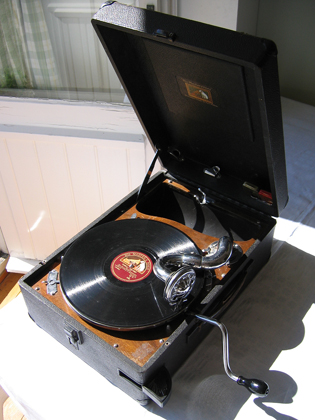
Texas Boy
The Gramophone was such a wonderful invention those days just like a mobile phone is today. Teenagers and young men would do anything to own a gramophone. There was no copying or piracy and everything had to be the original bought with real money. Money was hard to come-by. A teenager with a gramophone and some records of his own was considered a real man in the society. Next, the teenager had to dress like a cowboy from Texas and just by a simple winking of eyes here and there, all the girls had to fall for him for his picking. After that, a teenager had to be nicknamed ‘Texas Boy’ and he would feel he has reached the top of the world. Such a teenager was considered in such high esteems by his age mates that he could afford to call them ‘stupid –bastards – son of a bitch’ - without anyone raising a finger.
CD: CD-ROM, CD-R, CD-RW, VCD and SVCD
1976: A CD is an abbreviation for compact disc. A Compact Disc is an optical disc which was originally designed to store sound recordings. It was designed to replace the gramophone records, compact cassettes and floppy disks. The CD would latter translate into storage of other types of data apart from audio data. Latter on, the CD was developed to accommodate data storage CD-ROM, CD-R, CD-RW, VCD and SVCD.
1. CD-ROM is compact disc with read-only memory
2. CD-R is a compact disc with write-once audio and data storage
3. CD-RW is a compact disc with rewritable media and can be rewritten several times
4. VCD is Video Compact Disc which is playable in VCD players, DVD-Video players, personal computers, and video game consoles
5. SVCD is Super Video Compact Disc
CD’s Pits and Lands
A standard CD has a diameter of 12 cm and a thickness of 1.2 mm. Today, CDs are made from polycarbonate plastic. A CD is read from the centre outward. CD data is stored in the CD as indentations called pits. The pits are in spiral track molded. The area between the pits is called lands. To read the CD, an infrared semiconductor laser with a wavelength of 780 nm is focused through the bottom of the polycarbonate layer. It’s the intensity of the reflected light from the pits and lands that is used to read the data. This intensity is measured by photodiode. The maximum data contained in a standard CD is usually 700 MB and has a playing time of about 74 minutes. A LP has a playing time of 40 minutes on both sides and an LP was far much bigger than a CD.
A CD has four layers as shown in the diagram below.
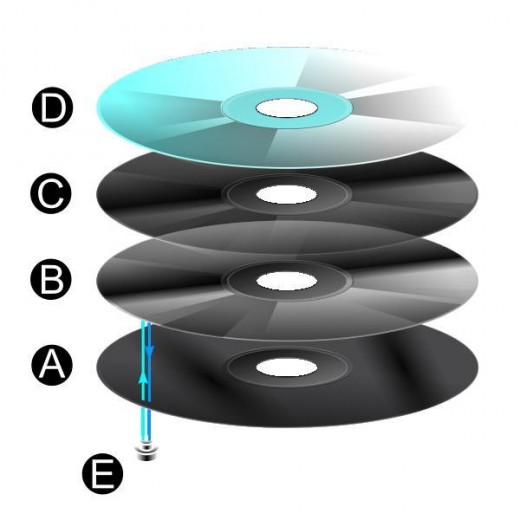
CD's Layers
Layer A is a polycarbonate disc layer where data is encoded using lands and pits.
Layer B is a reflective layer that reflects the laser back to the reader.
Layer C is a lacquer layer that is used to prevent oxidation
Layer D is the top layer where artwork is screen printed on the disc.
E is an infrared semiconductor laser beam that reads the polycarbonate disc. This beam is reflected back at varying intensity and is interpreted by the photodiode in the player.
DVD - Digital Video Disc
1995: DVD is an abbreviation for Digital Video Disc. A DVD is an optical disc that is used for storing data in media format. DVD was developed in 1995 with the main use of storing video data with a data storage capability of six times that of a standard CD.
Variations of DVD
There are many variations of the term DVD that indicates how data is stored on the discs.
- DVD-ROM (read only memory) has data that can only be read and not written on.
- DVD-R and DVD+R can record data only once, and then its functions as a DVD-ROM
- DVD+RW (re-writable), DVD-RW (re-writable), and DVD-RAM (random access memory) will all record and erase data multiple times.
Questions about DVD
(a) What is the difference between DVD-R and DVD+R?
(b) What is the difference between DVD-RW and DVD+RW?
DVD-R, DVD+R and DVD-R, DVD+R
The two: DVD-R, DVD+R and DVD-R, DVD+R, media formats have no difference in the data they will store for you. The difference is that:
- DVD-R and DVD- RW media formats are approved by the standards group DVD Forum that was founded by Time Warner, Sony, Mitsubishi and Hitachi.
- DVD+R and DVD+ RW media formats are supported by Sony, Dell, JP, Philips and Yamaha.
- Other than the management of built-in defects on the two, other differences is in the way the recorders format and rewrites the DVDs, and the difference in prices.
DVD-5, DVD-9, DVD-18
A DVD has a diameter of 12 cm just like a CD. A DVD is written and read by use of 650 nm wavelength laser diode light whilst a CD uses 780 nm.
- DVD-5. A single-layer DVD disc will store 4.7 GB of data and that is approximated to 5 GB and therefore we have DVD-5.
- DVD-9. A dual-layer DVD disc will store 8.54 GB of data and that is approximated to 9 GB and therefore we have DVD-9. A dual-layer disc employs a second physical layer within the disc itself.
- DVD-18. A dual-layer double sided DVD disc will store 17.08 GB approximated to 18 GB hence the name DVD-18
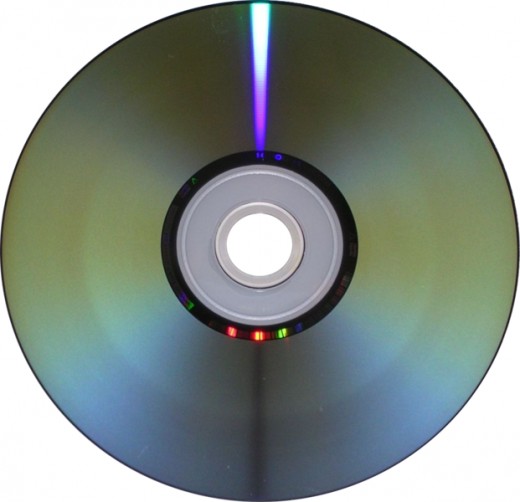
Look How Far We Have Come
I looked at the achieve here, opened one of those PCs that they were using in 1986 and saw that the hard disk/storage they had in that PC was a whopping 6 MB only. Look how far we have come that a single DVD is today holding 18 GB of data (18 GB is approximately 15.9 GiB, How?).
BD - Blu-Ray Disc
2009: BD is an abbreviation for Blu-Ray Disc. Once this gets into the market proper, the market may decides to colloquially call it BRD. Blu-ray Disc is an optical disc which is storage medium for data such as high definition video, PlayStation 3 video games, movies, etc. A Blu ray disc will store 25 GB of data for the single-layered ones and 50 GB for the double layered ones. Today, there are in the market Blu rays discs that can hold 100 GB of data and extending up to 200 GB of data but these may require modification of equipment or firmware to be readable. A standard Blu ray disc has a diameter of 12 cm, just like a standard DVD or CD. A blu ray disc is read by a blue laser light which have shorter wavelength as opposed to the red laser used to read the standard DVD. The Blu-ray Discs was researched and created by the Blu-ray Disc Association which is a group representing the major makers of consumer electronics, computer hardware, and motion pictures.
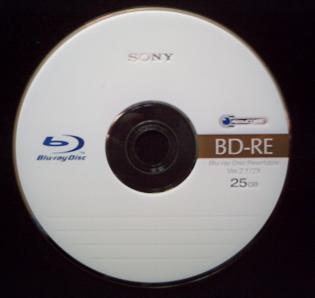
Ultraviolet Blue Laser
A Blu-ray Disc is written and read by an almost ultraviolet blue laser with a shorter 405 nm wavelength. A Blu-ray disc has a diameter of 12 cm just like a DVD and CD. A DVD is written and read by use of 650 nm wavelength laser diode light whilst a CD uses 780 nm near infrared semiconductor laser beam. AS with DVDs, all Blu-ray Disc players are designed to play only discs authorized by the content provider for specified geographical region. This therefore means that all Blu-ray Disc players and Blu-ray Disc-equipped computer systems are made in specifications that will support Blu-Ray regional coding.
5D DVD - The Future?
The Future: 5D DVD is a digital storage media just like a DVD but with a higher capacity of data storage in the region of 10 terabytes (equals 2000 DVDs). The 5D DVD is being developed in Australia (not USA or Japan) by Swinburne University of Technology in Melbourne. It will be here with us in the next four year or so if all goes well. Our teenagers then may just need one such 5D DVDs to with all the movies and games combined to be ‘happy’.
If you have liked this article, and you would want this page to keep up and improved, you can help by purchasing some great items from Amazon by following Amazon links and widgets on this page. A free way to help would be to link back to this webpage from your web page, blog, or discussion forums.
The Author’s page is designed to help beginners and average readers make some money as an extra income to supplement what they may be earning elsewhere - details of which you can find in My Page, if you will.





